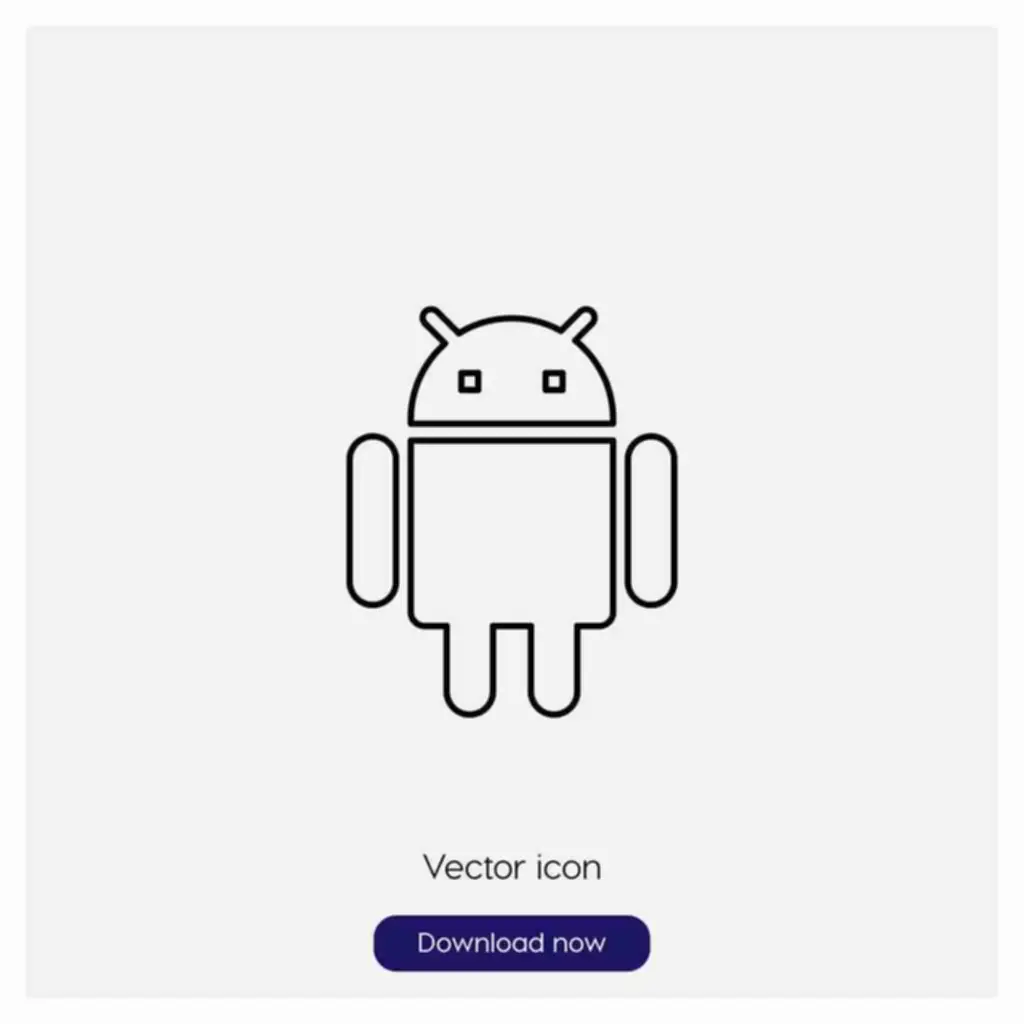Reports recommend the European blockchain market may what is distributed computing reach $39 billion by 2026, with a major CAGR of over 47%. This progress is fueled by increasing adoption in sectors like finance, supply chain, and healthcare. Distributed computing goals to make a complete computer network operate as a single unit. By enabling the individual and by distributing energy, the system additionally ensures that no node or unit can cause hurt, disrupt or dominate others.
The Eight Fallacies Of Distributed Computing
Peer-to-peer networks advanced and e-mail and then the Internet as we all know it continue to be the largest, ever growing example of distributed methods. As the internet changed from IPv4 to IPv6, distributed systems have evolved from “LAN” based mostly to “Internet” primarily based. Another main advantage, which cannot be ignored of any distributed computing, is the independence of cloud environments regardless of the fact that the ownership is with a single vendor. Any firm which makes use of them has a greater probability at defending its knowledge by taking a backup for important info and by distributing it across several environments. This feature extends the advantage of immediate disaster restoration if one part of the network of cloud information storage fails; the remaining ones continue to be in operation uninterrupted. The projected development and supportive regulatory surroundings point to a rising demand for blockchain professionals in Europe.
Distributed Computing Vs Grid Computing
Distributed computing shares such workloads among multiple items of apparatus, so massive jobs can be tackled capably. Distributed computing helps suppliers marshal that kind of coordinated synchronization and computer processing power towards a standard goal. Computers in a distributed system share data and duplicate information between them, however the system routinely manages knowledge consistency across all of the different computers. Thus, you get the benefit of fault tolerance without compromising data consistency. For example, distributed computing can encrypt large volumes of information; solve physics and chemical equations with many variables; and render high-quality, three-dimensional video animation. Distributed systems, distributed programming, and distributed algorithms are another phrases that all check with distributed computing.

Incessantly Requested Questions About Distributed Computing
Load balancing helps distribute workloads evenly across servers, stopping any single server from changing into a bottleneck. Auto-scaling allows for the dynamic adjustment of sources based mostly on workload calls for. This not solely optimizes performance but also helps hold costs in verify by making certain you solely use resources if you need them. It leverages the ideas of distributed computing to deliver scalable, on-demand computing resources over the internet. In a distributed computing system that is not cloud-based, sources are sometimes managed by the customers themselves. Distributed Computing Consists of a quantity of computers (or nodes), every with its personal personal reminiscence, engaged on a standard task.
Distributed methods are used when a workload is just too great for a single computer or system to deal with. Distributed methods are important in conditions when the workload is subject to vary, similar to e-commerce visitors on Cyber Monday or plenty of internet site visitors in response to information about your organization. It has both pros and cons so, the choice of utilizing a distributed system is taken by an individual relying on his/her requirement. Get began with distributed computing on AWS by making a free account right now.
Airlines use flight control systems, Uber and Lyft use dispatch methods, manufacturing crops use automation control systems, logistics and e-commerce corporations use real-time tracking methods. As such, the distributed system will appear as whether it is one interface or computer to the end-user. The hope is that together, the system can maximize sources and data whereas preventing failures, as if one system fails, it won’t have an result on the supply of the service.
A distributed computing system, simply put, is a community of impartial computers working together to achieve widespread computational targets. It is a system the place multiple computer systems, usually geographically dispersed, collaborate to solve a problem that is past their individual computing capabilities. Each system, or ‘node’, is self-sufficient, meaning it operates independently whereas also contributing to the general aim. By leveraging a network of distributed servers, distributed cloud computing permits content material to be delivered nearer to the end-user. This not solely improves the velocity and reliability of content material delivery but in addition enhances the user experience.

One way is to register with a centralized lookup server, which is in a position to then direct the node to the service supplier. The other means is for the node to broadcast its service request to every different node within the network, and whichever node responds will present the requested service. Data-centered architecture works on a central knowledge repository, both lively or passive.
Distributed deployments are categorized as departmental, small enterprise, medium enterprise or massive enterprise. By no means formal, these categories are a starting point for planning the needed sources to implement a distributed computing system. Different mixtures of patterns are used to design distributed systems, and each approach has unique benefits and downsides. Take advantage of added flexibility with the Apache Hadoop open-source software framework.

Integrating these technologies into training isn’t merely a pattern but a necessity to equip students with the talents they should thrive in the future workforce. Though both technologies are independently highly effective, their potential for innovation and disruption is amplified when mixed. This article explores the urgent questions surrounding the inclusion of blockchain and cloud computing in training, offering a complete overview of their significance, benefits, and challenges. Content sharing by way of purchasers like BitTorrent, file streaming through apps like Popcorn Time, and blockchain networks like Bitcoin are some well-known examples of peer-to-peer systems. Middleware is the middleman between the underlying infrastructure of a distributed computing system and its purposes.
On the other hand, in distributed processing, every processor has private memory (distributed memory). Peer-to-peer distributed systems assign equal responsibilities to all networked computers. There is not any separation between consumer and server computer systems, and any computer can carry out all duties. Peer-to-peer structure has become popular for content sharing, file streaming, and blockchain networks. Virtualization and containerization are key applied sciences in distributed computing.
The key distinctions between edge computing and distributed computing are proven in the following table. The IT business is increasing rapidly because of increased investment from many companies. As a outcome, IT trade strategists and analysts are constantly in search of clear and inexpensive IT sources to spice up performance. Distributed computing concepts are crucial in guaranteeing fault tolerance and facilitating resource accessibility. Distributed computing works by computers passing messages to one another throughout the distributed techniques structure.
Each node in a peer-to-peer community is equal and has direct access to different nodes. A central server oversees and assigns duties to the shoppers in a client-server structure. A type of distributed computing known as multiple-tier architecture employs sources from many client-server architectures to deal with sophisticated issues. Another important drawback of distributed cloud computing is the issue of bandwidth. Data must travel throughout networks and sometimes over lengthy distances, which might result in bandwidth bottlenecks and increased latency.
- This could be difficult due to the quantity, variety, velocity, and veracity of the data, which require excessive performance, scalability, and reliability.
- Concurrency refers again to the ability of a distributed computing system to execute quite a few processes concurrently.
- Distributed computing is the method of constructing multiple computer systems work collectively to solve a common problem.
Transform Your Business With AI Software Development Solutions https://www.globalcloudteam.com/ — be successful, be the first!
